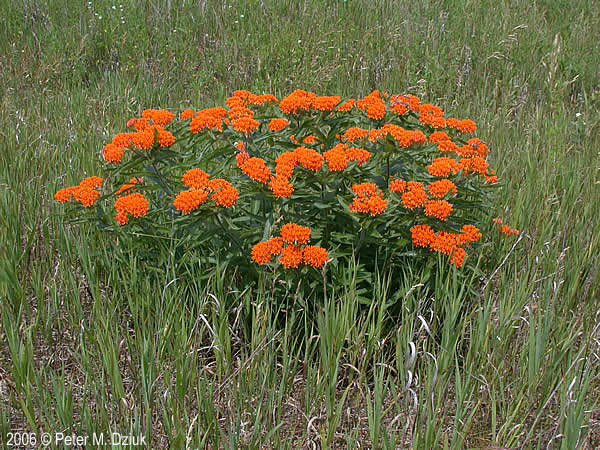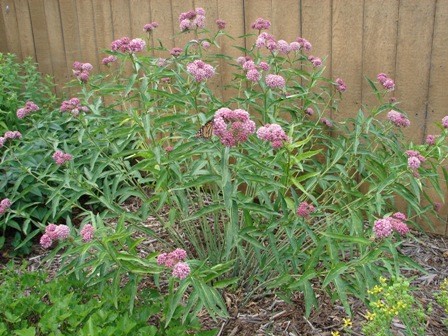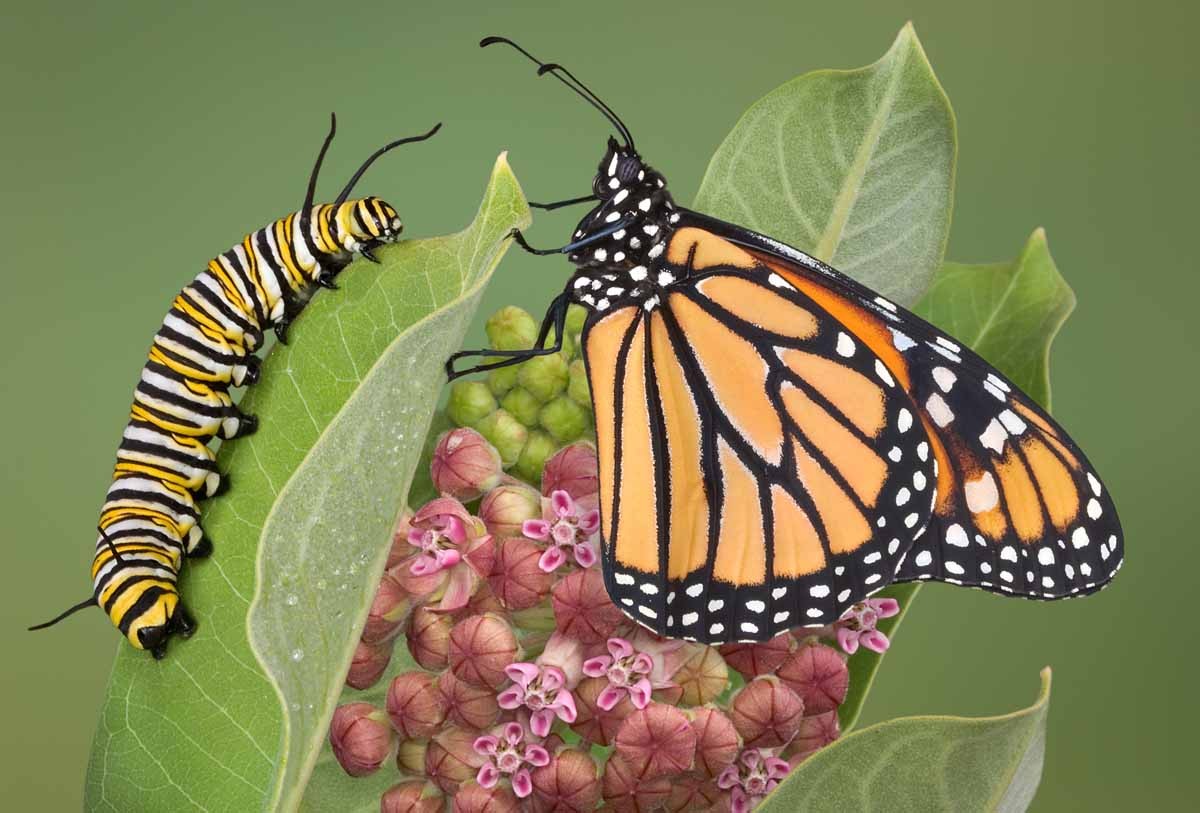The Monarch Butterfly Is In Trouble - And We Can All Help
The monarch butterfly is one of the most iconic and wondrous insects that are native to North America. Every year, tens of millions of monarchs take flight in an incredible transcontinental migratory journey between Mexico and Canada and back. In the fall, a single generation of monarchs completes the entire long journey from southern Canada to the mountainous conifer forests of central Mexico despite never having seen their ultimate destination. With spring’s arrival a few months later, the monarch butterflies depart from their overwintering sites in Mexico and begin the journey north back to Canada. Along the way, they lay eggs on milkweed plants, the sole species of plants that monarch caterpillars will eat, and soon after die, leaving their offspring to continue the flight north. Three to four successive generations of monarchs will be born before the species as a whole reaches the northern terminus of its migratory route in the summer.
This awe-inspiring natural phenomenon has been around since time immemorial, but today, its future prospects are seriously threatened. Decades of extensive habitat destruction throughout the migratory range of the monarch butterfly has led to a dramatic drop in the population of the species. In both the United States and Canada, the expansive exploitation of natural land for agricultural purposes as well as the extensive use of pesticides have drastically reduced the area of natural habitat where monarch butterflies can find flowers to nectar on and milkweed plants to lay their eggs on. Last month, the U.S. Fish and Wildlife Service announced that it would begin a year-long review of the state of the monarch butterfly species to determine if it should be listed under the Endangered Species Act. The federal agency has recently formed an umbrella initiative called the Monarch Joint Venture with the aim of creating a partnership between the conservation and advocacy efforts of the federal government and that of various non-governmental organizations. The federal government has allocated $3.2 million to the initiative, of which $1.2 million is expected to be matched by private donors.
One of the primary objectives of the Monarch Joint Venture is to provide the public with the information and materials to take part in the conservation efforts aimed at the monarch butterfly. Fortunately, there are several easy and simple ways for every individual to contribute to this broad effort. When you go to purchase plants at a nursery or garden center, make sure that you aren’t buying plants that have been sprayed with pesticides. Plants that have been contaminated by pesticides will kill pollinating insects like the monarch. Avoid double-flowering plants that are difficult or even impossible for pollinating insects to access nectar from. Try to plant a variety of flowering plants that will provide nectar for migrating monarchs throughout the entire growing season. Most importantly of all, plant native milkweeds for monarch butterflies to lay their eggs on. This part is absolutely crucial to ensuring that the conservation of the monarch butterfly is ultimately successful. If you visit the Monarch Joint Venture’s website online (http://monarchjointventure.org/Conservation) you will find a list of N.G.O.’s such as MonarchWatch that provide seeds and starter plants of native milkweeds either for free or at a very low, affordable cost. The website also provides links to online directories of retail garden centers and online nurseries that sell native milkweed seeds and plants.
Most people are probably already familiar with the tall and statuesque common milkweed (Asclepias syriaca), which is best suited for containers and very large landscapes due to its aggressive spreading habit. However, there are three milkweed species native to New York that are excellent choices to plant in your garden. They have a neat, almost shrub-like appearance, attract a wide variety of pollinators, and do not spread by underground rhizomes. Butterfly weed (Asclepias tuberosa) is a very drought-tolerant species that prefers areas with drier soils that also receive full sun. This species typically displays brilliant reddish-orange flowers, but there is a cultivar called ‘Hello Yellow’ that produces more subtle-looking yellow blossoms (a cultivar that tolerates wetter clay soils is also available). Rose milkweed (Asclepias incarnata) is usually found growing near ponds and streams in the wild, but this species grows just as well in average garden soil that is watered regularly during dry spells. Its pinkish-red blossoms have a sweet, vanilla-like scent, and its smooth green seedpods can provide a nice addition to floral arrangements. Poke milkweed (Asclepias exaltata) is a woodland plant with cream-white flowers that prefers semi-shaded areas with average soil conditions (neither excessively wet nor dry).
All three of these aforementioned native species of milkweed plants only require about 2 square feet of your garden’s space to grow, and they do also perform very well in containers. By planting a native milkweed, you will be doing your part to help conserve the monarch butterfly as well as providing yourself and others with the opportunity to witness the fascinating metamorphosis of the beautiful insect. It doesn't take much to contribute to the conservation of the threatened monarch butterfly species, and each contribution to this broad effort is of great value and vital importance to its prospects for success. Every person can do their part, however great or small, to ensure that the monarch butterfly continues to be around to delight and fascinate onlookers for generations to come.















